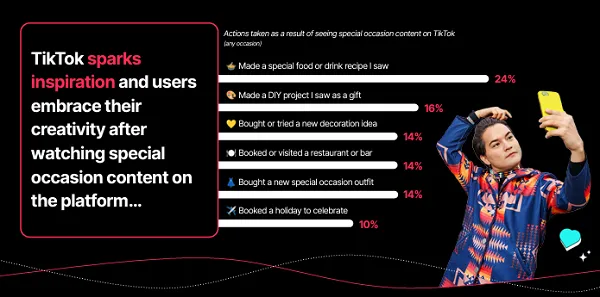Twice in as many months I have received quizzical looks when I mentioned to family business owners that I coach that they might benefit from running their businesses as if they are going to sell them.
“Why would we want to do that?” was the blink reaction of each.
“Many reasons,” I replied. “Where would you like to start?”
Their reaction isn’t surprising, of course. The mere thought of selling can be a paradigm shift, and in many families it’s a taboo topic. And while this exercise is valuable for any company, family businesses are fabulously unique and include dynamics not found in public companies and PE firms, which are essentially always for sale. As a family business matures, finds success and additional family members become employees and/or owners, the dynamics grow exponentially and even the mention of a sale can stir emotions from all areas of the spectrum.
But my provocation isn’t a call to actually sell the business. It’s to run their business as if they were preparing to sell it. When someone considers selling anything of value, be it an antique watch, collectable car, a house or yacht, it must be clean, properly maintained and running well for the seller to receive maximum value. And the same applies to a business entity. In coaching ownership and management teams over the past three decades, I’ve found few exercises as effective as simply looking at your business through the eyes of a buyer—and changing practices accordingly—even if you never sell.
So how do you do it? You start by focusing on two primary objectives:
• Create lift by focusing on the three Ps: Profit, People and Process
• Reduce drag by eliminating special deals and arrangements with employees, customers – and yes – owners.
For each of the above, ask yourself:
• What would the business look like in each of these areas if we were planning on selling in 12 months?
• What can be easily fixed?
• What will take more time?
• And who will be impacted?
For the highly resourceful and prone to action, consider the bullet points below.
Creating Lift
Profit
• Is your business profitable across all product and service lines, or are one or two lines masking low performers that need to be fixed or jettisoned?
• Even if you manage to generate consistently high profit margins, do you regularly benchmark your gross profit, operating margin and EBITDA against peer businesses in your industry?
People
• Do you have the best people in each key position in your company, or are legacy loyalties, bargains (below market salaries) or skeletons in the closet keeping you from making personnel changes you know deep down should be made?
• If you engaged an outside consultant to conduct a thorough talent assessment on each of your key team members, what recommendations do you think you would receive?
Process
• Can you say with confidence that your processes are best in class, providing a smooth and friction free experience for customers, employees, and vendors?
• Are your KPIs as good or better than peers in your industry, be it net promoter score, inventory turns, revenue per employee, customer concentration, working capital, etc.
Eliminating Drag
Most businesses – especially family businesses and closely held firms – that have been in business for any number of years find themselves with outliers, i.e., nonstandard arrangements with owners, employees, or others tied to the business.
These arrangements were well intended when put in place, yet time and evolving best practices have rendered them obsolete if not IRS-questionable. These can include perks like loosely documented company credit card usage, special trips, nonessential company vehicles (including planes), selective tuition reimbursement, golf and hunting camp memberships and family members on the payroll who are not regularly present nor adding noticeable value.
On the customer side, gray areas often include arrangements such as extended payment terms, rebates not offered to other customers or other gifts and entertainment outside of the norm.
While some perks and special compensation arrangements can be justified (or at least well debated) the litmus test is clear cut: “How would this arrangement be viewed by an outside board member or potential acquirer?”
And here is where things can get sensitive. While current logic might show a clear need for elimination of a certain benefit, unwinding some of these irregular arrangements can become sensitive and emotionally charged, especially if they are left over from owners and managers of the prior generation. Approach these types of changes with great care, candor and respect. But you must address them. Use a third party for assistance if necessary.
Final Thoughts
If your business has been running like a tight ship for decades, and you have the advantage of a board, a professional peer group or others who hold you accountable, you likely do not have any of the above challenges.
However, if any of the above hits close to home, consider letting this serve as a thought primer and inspiration for cleaning things up. The time to act is now. Some of these variants take months or longer to repair, and the sooner you address them, the sooner you can maximize your organization’s long-term value—sale or no sale.





































































